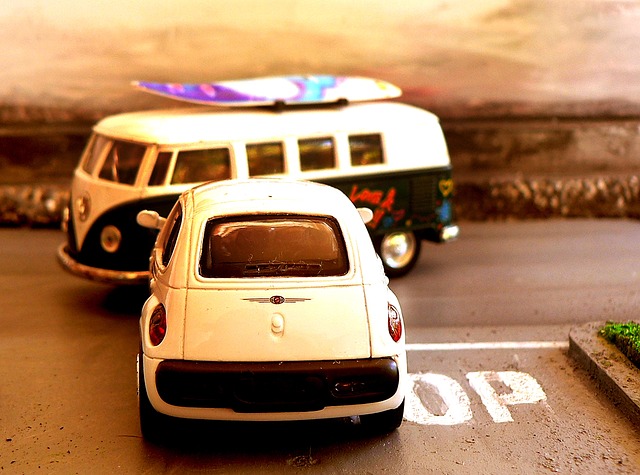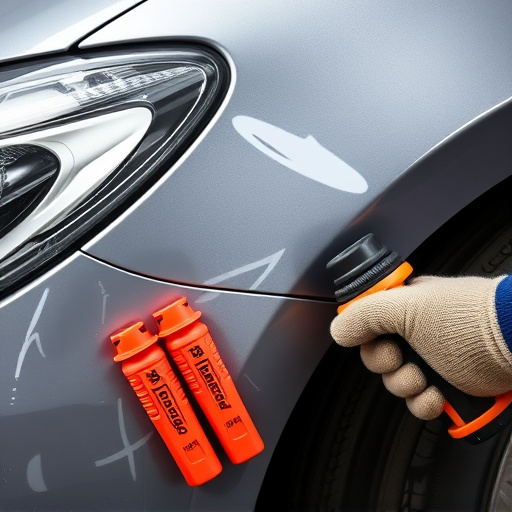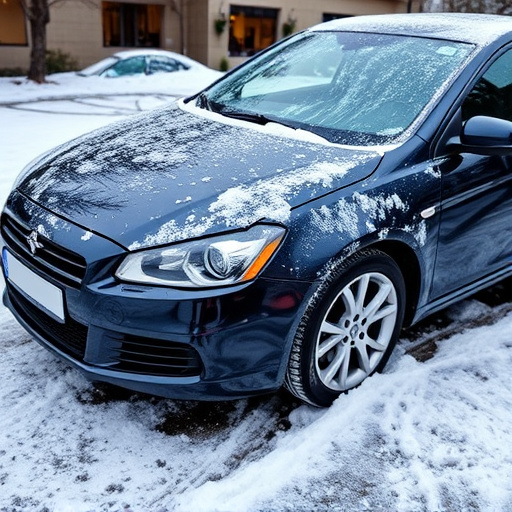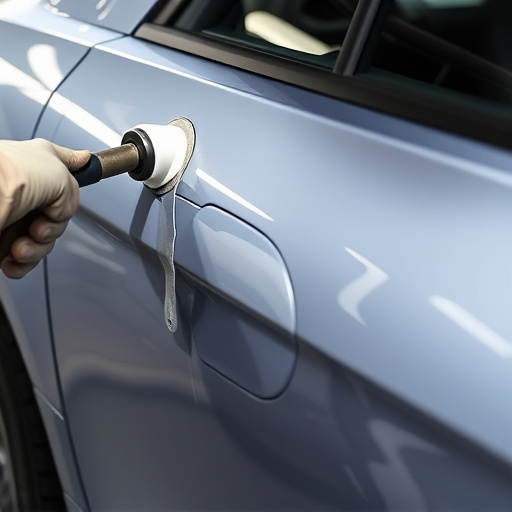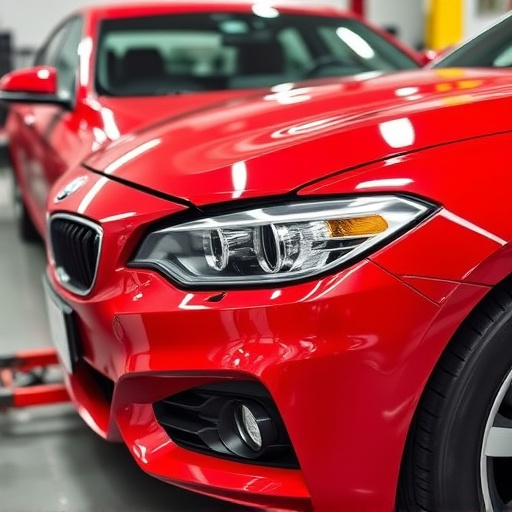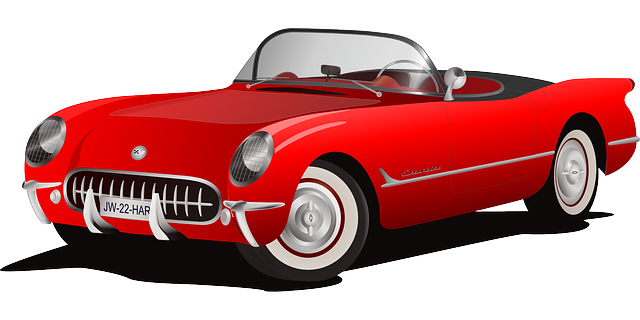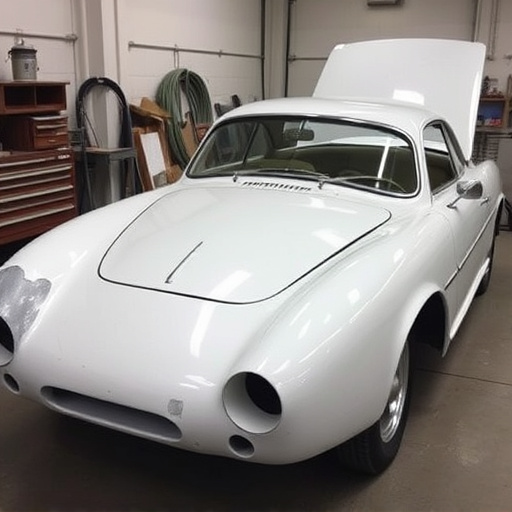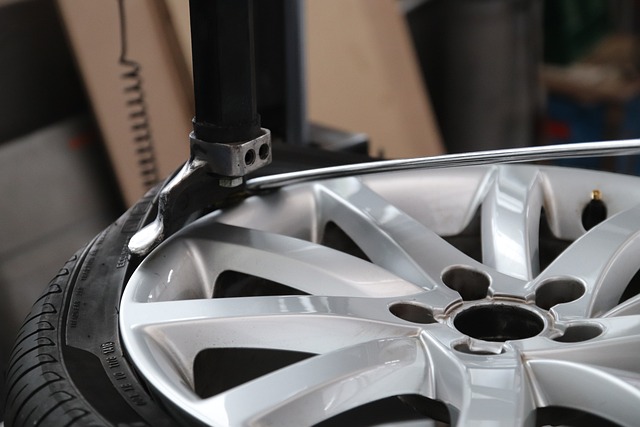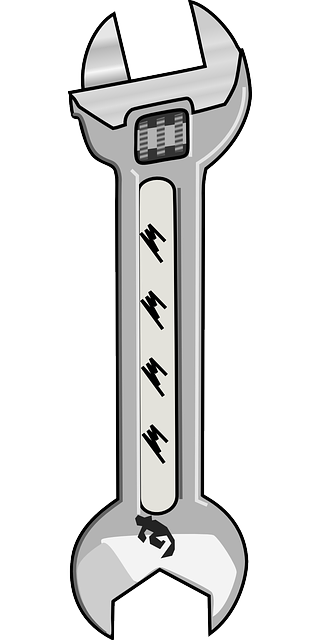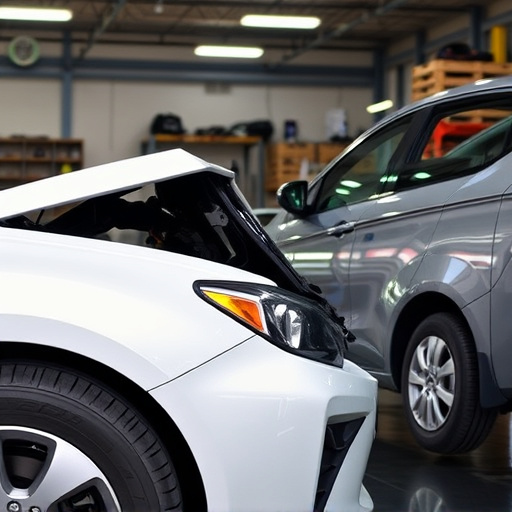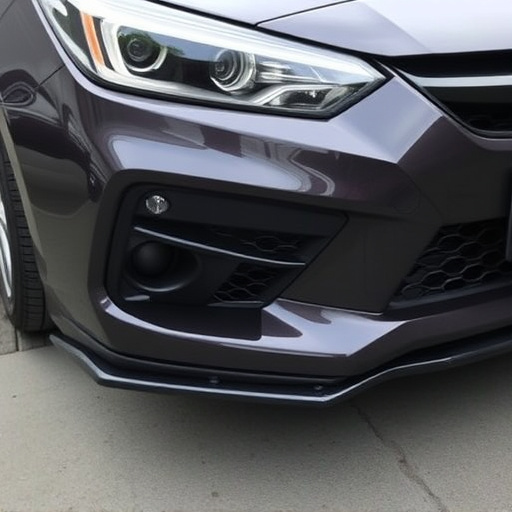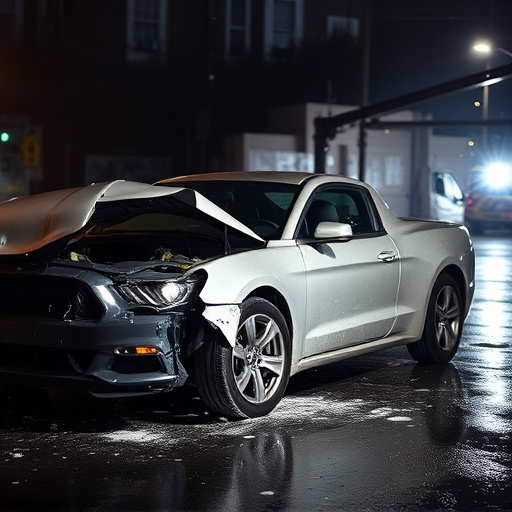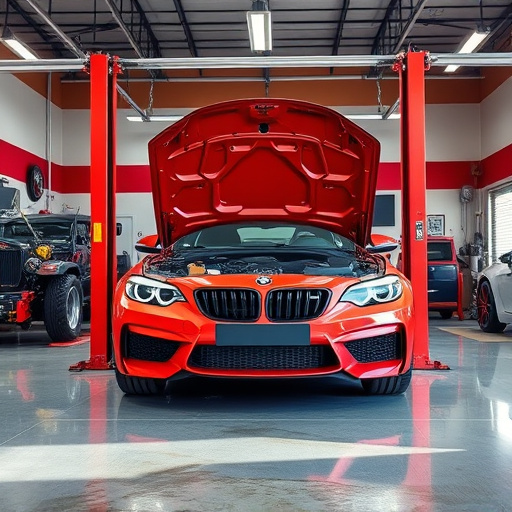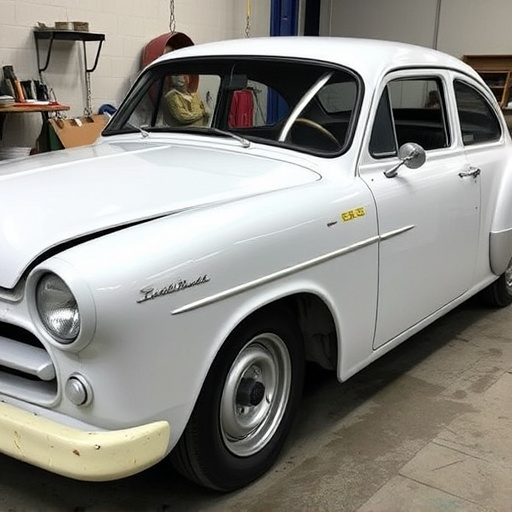Infrared (NIR) paint drying systems revolutionize painting processes by dramatically reducing cure times compared to traditional methods. Utilizing specialized emitters, NIR radiation heats paint evenly, initiating polymerization and hardening. Advantages include quick curing (minutes), reduced moisture, and minimal surface imperfections. Ideal for auto repair shops (especially paintless dent repair) and DIY projects, these systems enhance productivity and user-friendliness. To maximize benefits, ensure sufficient space, proper ventilation, and strategic workstation placement for optimal dry times and high-quality finishes. Best practices include preheating surfaces, controlling humidity, and managing VOC buildup for outstanding results.
Infrared paint drying systems are revolutionizing workshop efficiency, offering faster and more consistent results than traditional methods. This article delves into the advanced techniques of infrared paint drying technology, exploring its mechanics and the best practices for optimal utilization. From understanding the science behind it to optimizing your workshop space and mastering application techniques, discover how this innovative approach can transform your painting process.
- Understanding Infrared Paint Drying Technology: A Deep Dive into the Mechanics
- Optimizing Your Workshop for Efficient Infrared Paint Drying Systems
- Advanced Techniques and Best Practices for Irradiated Paint Applications
Understanding Infrared Paint Drying Technology: A Deep Dive into the Mechanics
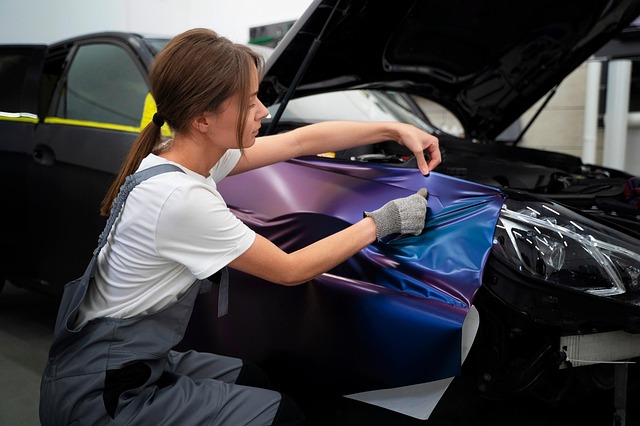
Infrared paint drying systems have revolutionized both industrial and DIY painting processes by significantly speeding up cure times compared to conventional methods. This technology leverages infrared radiation, typically in the near-infrared (NIR) spectrum, to penetrate and heat the paint on a surface evenly. Unlike traditional hot air guns that only apply heat from the surface, infrared rays pass through the paint film, ensuring consistent temperature distribution throughout its depth.
The mechanics behind this process involve specialized infrared emitters that convert electrical energy into NIR radiation. This radiant heat is then absorbed by the paint molecules, causing chemical reactions that lead to polymerization and hardening. The advantage of infrared paint drying lies in its ability to cure coatings quickly—often in just a few minutes—without producing excessive moisture or creating surface imperfections commonly associated with slower drying methods. This not only enhances productivity in auto repair shops, where paintless dent repair techniques are prevalent, but also streamlines auto maintenance and DIY projects, making them more efficient and user-friendly.
Optimizing Your Workshop for Efficient Infrared Paint Drying Systems
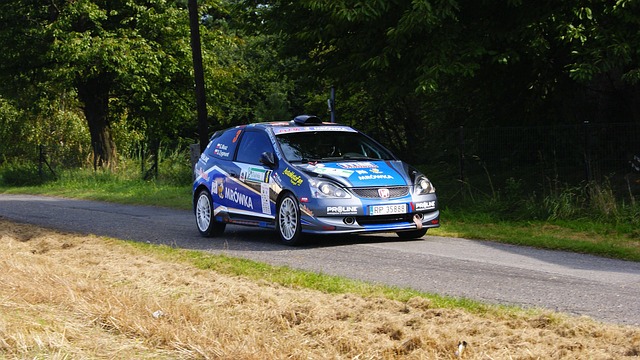
To optimize your workshop for efficient infrared paint drying systems, start by ensuring adequate space and proper ventilation. Infrared technology requires a certain amount of room to operate effectively without obstructions that could block heat distribution. A well-ventilated area is also crucial as these systems produce heat, and proper air circulation helps maintain optimal temperatures and prevents overheating.
Consider the layout of your workshop and how you can maximize airflow. Positioning workstations or workbenches strategically can facilitate efficient drying processes. For auto detailing or vehicle repair services involving bodywork, infrared paint drying offers significant advantages by reducing dry times and enhancing overall productivity. This technology is a game-changer in vehicle bodywork, allowing for faster repairs and high-quality finishes.
Advanced Techniques and Best Practices for Irradiated Paint Applications
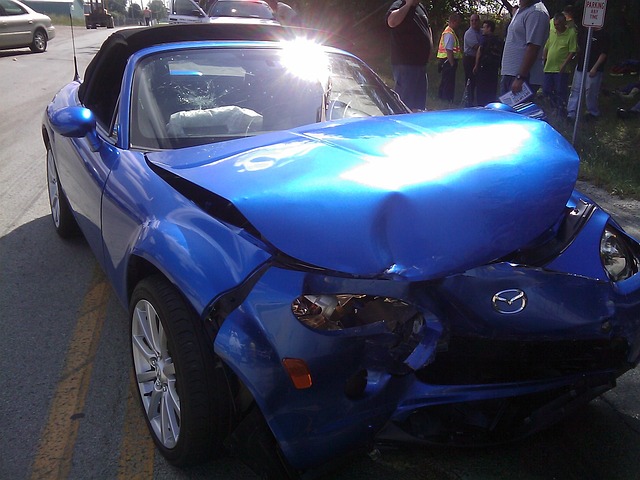
Infrared paint drying systems offer a range of advanced techniques for efficient and effective auto body painting. To optimize results with irradiated paint applications, professionals should consider specific best practices. One key practice is to preheat the surface before applying paint, utilizing the infrared technology to quickly raise the temperature of the car’s bodywork, which prepares it for a smoother, more even paint job. This step significantly reduces drying time and minimizes bubbles or other imperfections.
Another critical aspect involves controlling humidity levels during the painting process. Infrared systems can help manage moisture content in the air, ensuring optimal conditions for top-quality vehicle paint repair. Proper ventilation is also essential to prevent the buildup of volatile organic compounds (VOCs). By adhering to these best practices and advanced techniques, car bodywork services can achieve outstanding results in auto body painting, enhancing customer satisfaction with precise, swift, and durable finishes.
Infrared paint drying systems offer a revolutionary approach to expediting the painting process, making it an invaluable asset for professional painters and workshops. By understanding the technology’s mechanics, optimizing workshop conditions, and employing advanced techniques, you can achieve remarkable results. These tips not only enhance productivity but also ensure consistent, high-quality finishes. Implement these strategies to master infrared paint drying and elevate your painting projects to new heights.

